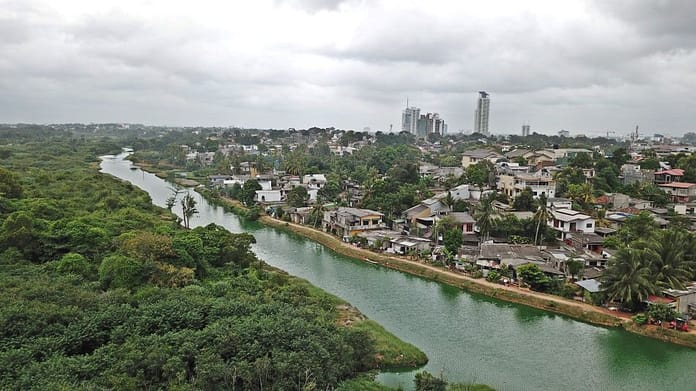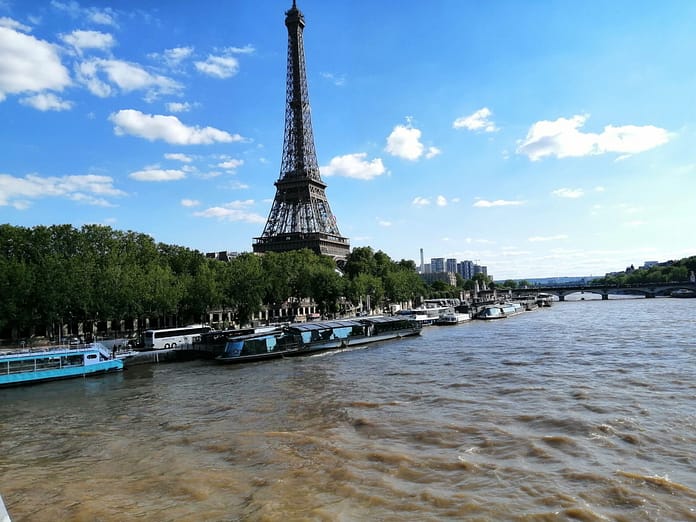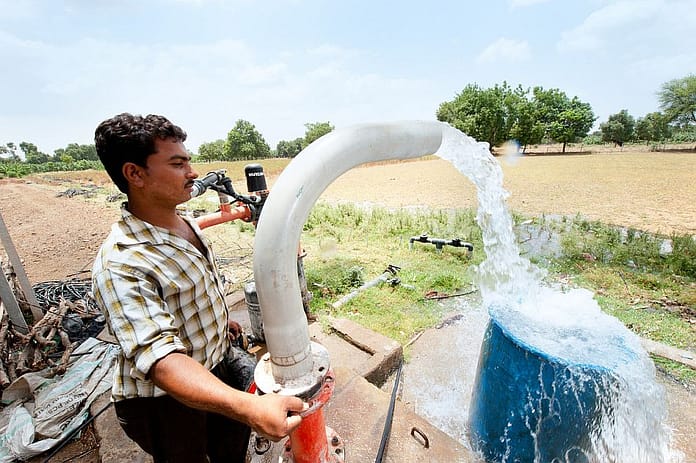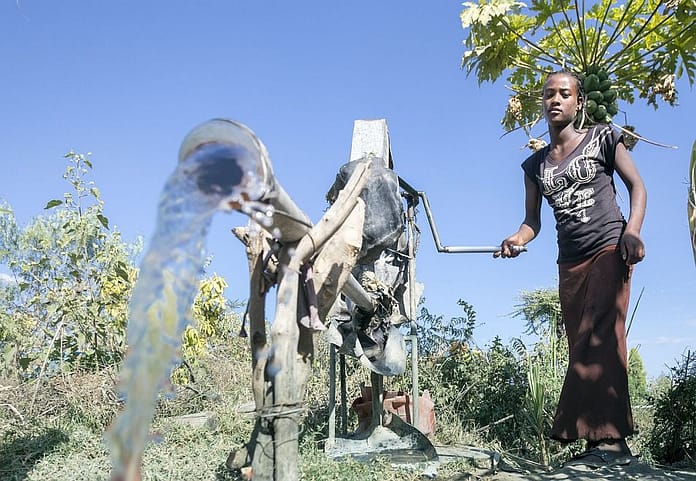The water crisis is not only a matter of water quantity, but also of water quality. Various forms of water pollution affect millions of people around the world, threatening the water supply they use for drinking and food production, processing and preparation. Water use has risen globally due to growing populations, rapid urbanization and socio-economic growth at a rate of around 1% per year since 1980, and consequently, wastewater generation has increased as well. Globally, only 56% of domestic wastewater is safely treated, posing a potential risk to human health, particularly in developing countries.
The International Water Management Institute (IWMI) recognizes that protecting and enhancing water quality is essential to achieving its vision of a water-secure world. In the last 20 years, IWMI has implemented over 100 projects in Asia, Africa and South America with water quality components. These projects address water quality monitoring, control of water pollution, health risk assessments, water quality modeling and safe use of marginal quality water.
Types of threats to water quality
Water quality faces threats from both microbial and physicochemical pollutants. Pathogens in drinking and irrigation water pose a significant risk to human health in both urban and rural areas. Worldwide, 1.4 million deaths annually are attributed to unsafe drinking water and sanitation. A recent IWMI assessment found that around 36 Mha of croplands are highly dependent on urban wastewater flows. Of these croplands, 29.3 Mha are located in countries with low levels of wastewater treatment, exposing 885 million urban consumers to produce potentially contaminated by wastewater.
Runoff from untreated sewage and over-fertilized farmland causes eutrophication, a phenomenon in which excessive nutrients create abnormally high plant growth and decay. This process predominantly affects algae and phytoplankton rather than larger organisms. As the algae dies, decomposition soaks up dissolved oxygen in the surrounding area and creates dead zones where larger aquatic life, such as fish and mammals, cannot survive the low oxygen levels. Today, there are more than 400 coastal dead zones globally; a number which has approximately doubled each decade since the 1960s. Eutrophication of lakes and reservoirs is also a major and growing problem.
Water can also be polluted by sediments, a pollutant made up of soil particles detached from the land by erosion. Cropland erosion is a serious issue that occurs at an average rate of approximately 10 tons per hectare per year. When rain falls, the water that is not absorbed into the ground becomes stormwater runoff and carries sediment into waterways, often making the surface water muddy. This process can cause the formation of small channels, known as rills, or larger channels, known as gullies, which intensify the situation.
Sediment affects water quality in a number of negative ways. The particles themselves increase the turbidity of water, obstructing sunlight and preventing aquatic plants from photosynthesizing properly. It can also blanket the bottom of streambeds, reducing viable habitats for insects, fish, amphibians and other wildlife. Furthermore, sediment can carry insoluble pollutants like pesticides or heavy metals, which causes them to reach waterways. Sediment can even affect man-made infrastructure. For example, it accumulates behind dams in a process called dam siltation. It is expected that 26% of the world’s reservoir storage capacity will be lost to this by 2050.
While pathogens, eutrophication and sediment are three of the largest threats to water quality, it faces many others such as plastics and microplastics, heavy metals from illegal mining, antimicrobials, increased salinization and other harmful chemicals.
What IWMI is doing to combat water quality issues
Protecting water quality is recognized in the IWMI strategy as essential for mitigating water risk, and it has ongoing projects throughout the Global South to promote safe water reuse and monitoring.
One major project IWMI is working on related to water quality is ReWaterMENA. This project addresses barriers to water reuse in the Middle East and North Africa (MENA) region and promotes safe reuse practices that improve food safety, health and livelihoods. Through this project, IWMI has developed a MENA water reuse sourcebook, expanded stakeholder capacity for safe water reuse, and created local and national strategies for water reuse in Egypt, Jordan and Lebanon. This project is being expanded with ReWater+ and e-ReWater+, with new innovations and more countries.

IWMI has also been developing Water Quality Management (WQM) plans for polluted waterways such as the Akaki catchment in Ethiopia, which suffers from the spread of antimicrobial (AMR) pathogens and genes. IWMI has helped identify spatiotemporal variations in bacterial hazards in the catchment, particularly that bacterial hazards are elevated during the dry season. It created a WQM plan using literature review, field observations, spatial analysis and pollutant “hotspot” identification to help monitoring and mitigation of AMR and other pathogens. This approach can serve as a blueprint to create WQM plans for other contaminated rivers in other regions and countries.
Recognizing the importance of involving local communities in water quality efforts, IWMI has been incorporating community members into water quality monitoring processes. For example, it launched miniSASS in South Africa, an AI-powered app that allows community members to assess the health of rivers by photographing water sources. The miniSASS app identifies pollution indicators and collects data on the extent and impact of wastewater contamination, which allows local communities to develop environmental monitoring skills. While piloted in South Africa, this app can be used worldwide.
Further research on water quality
The challenges facing water quality are far-reaching and multi-dimensional. There are opportunities for further research, including the economics of water quality, occurrence and effects of emerging pollutants, adoption of good practices and technologies for water pollution control and health risk mitigation, governance of water quality and the impact of water quality degradation on different groups, particularly marginalized ones.
Moving forward, IWMI is committed to continuing its work around water quality and ensuring everyone has access to enough quality water to safely meet their needs.
















